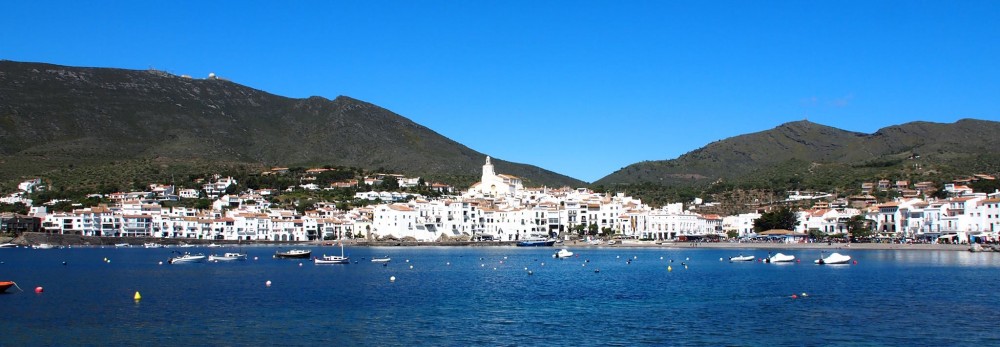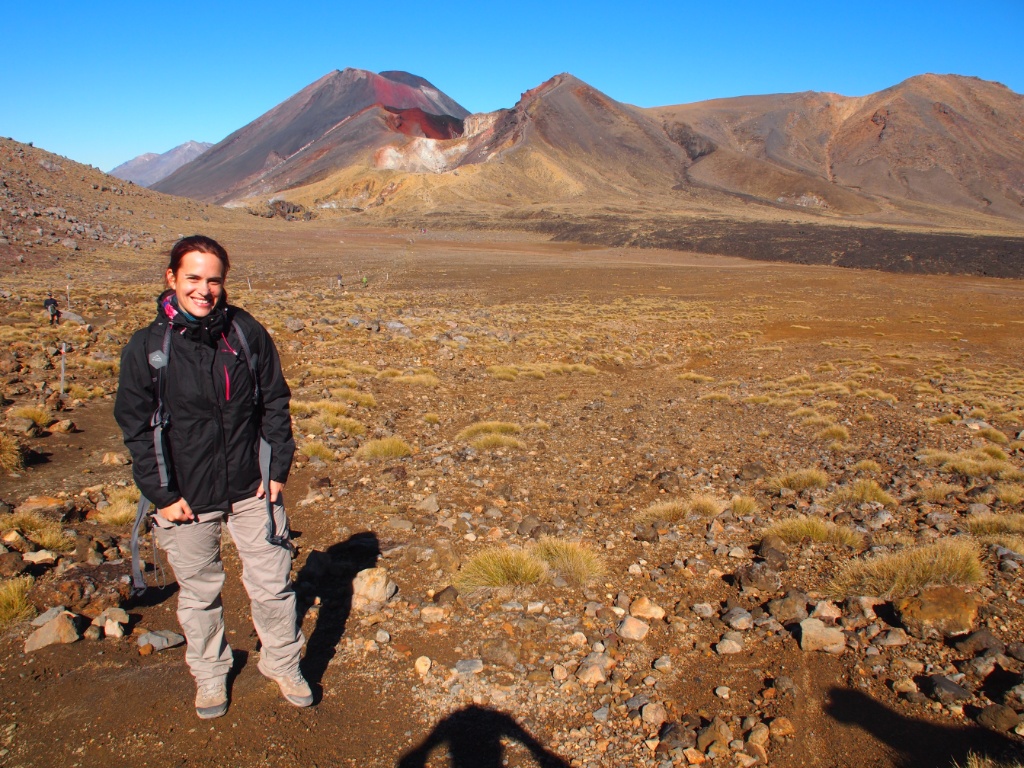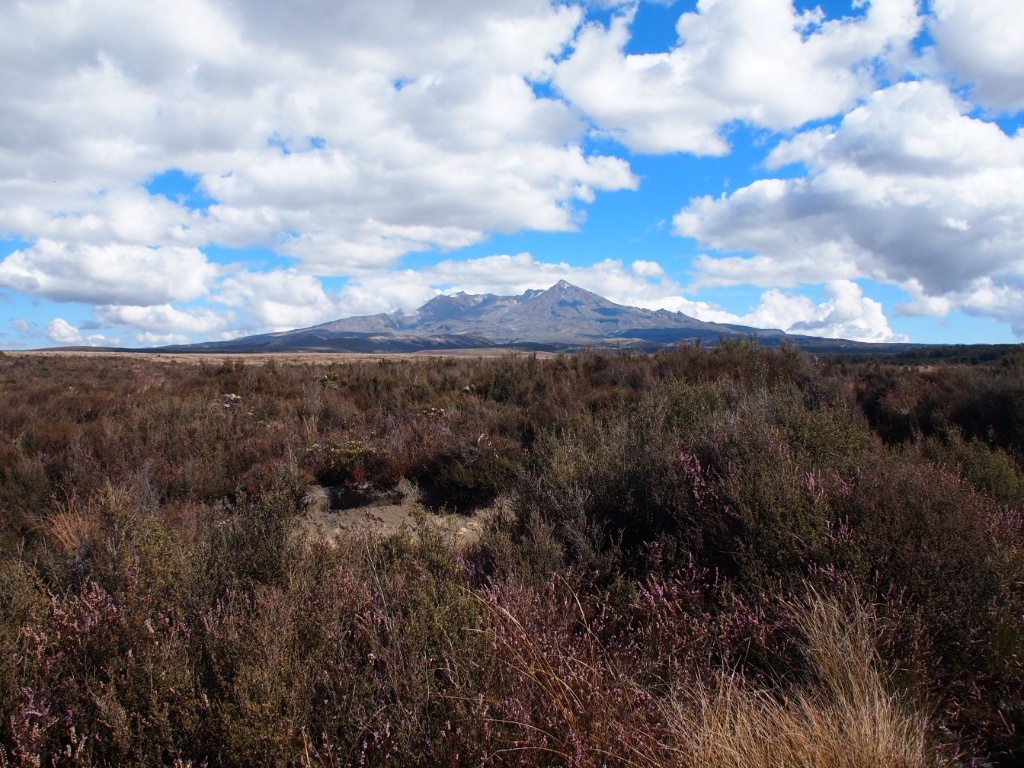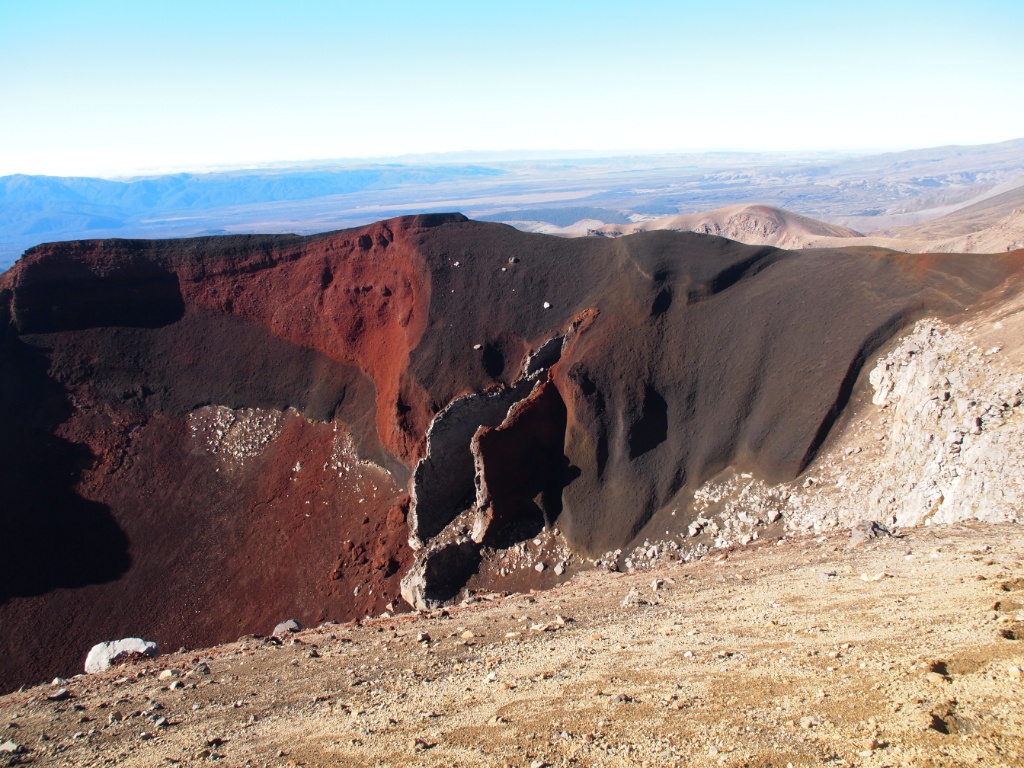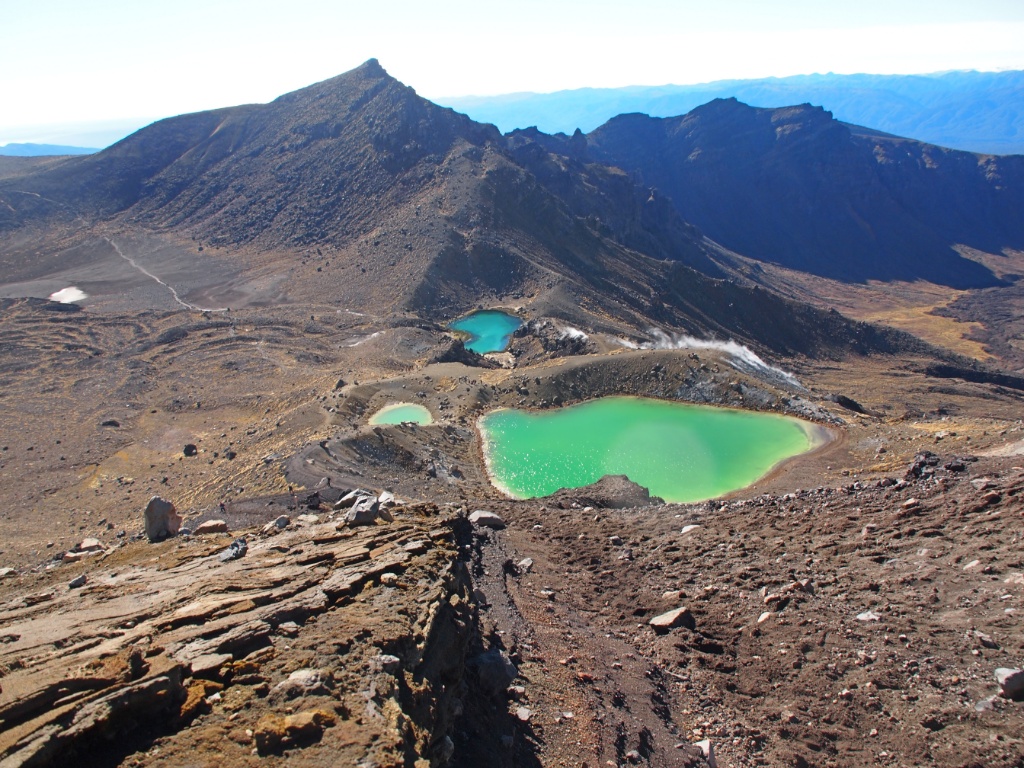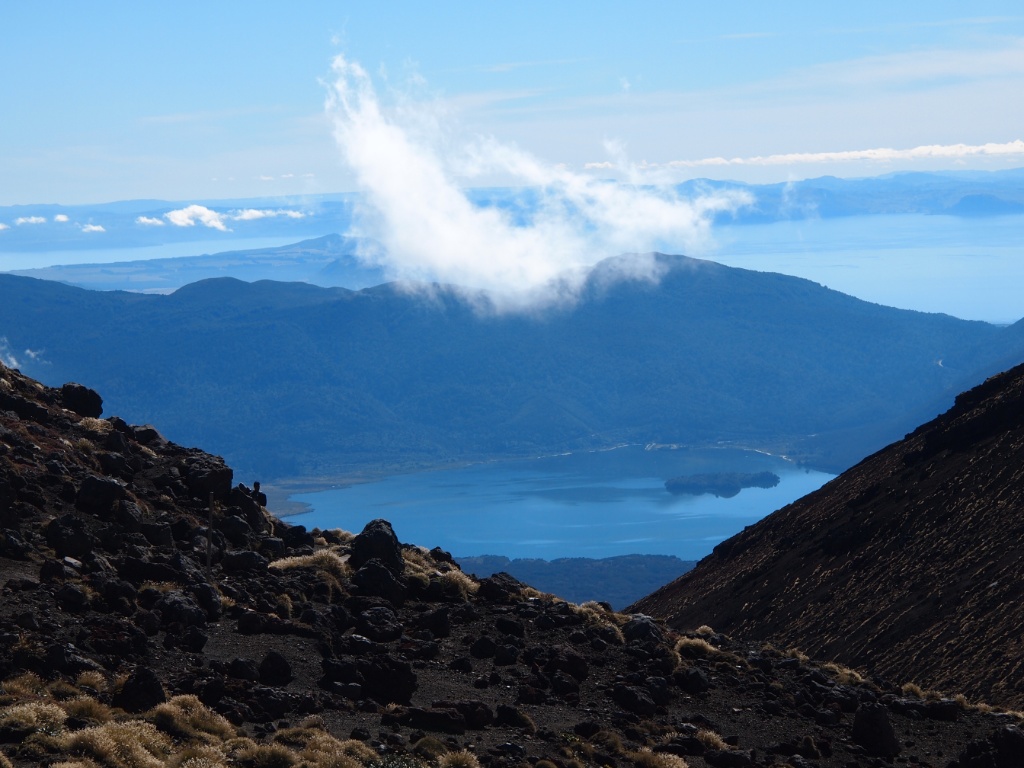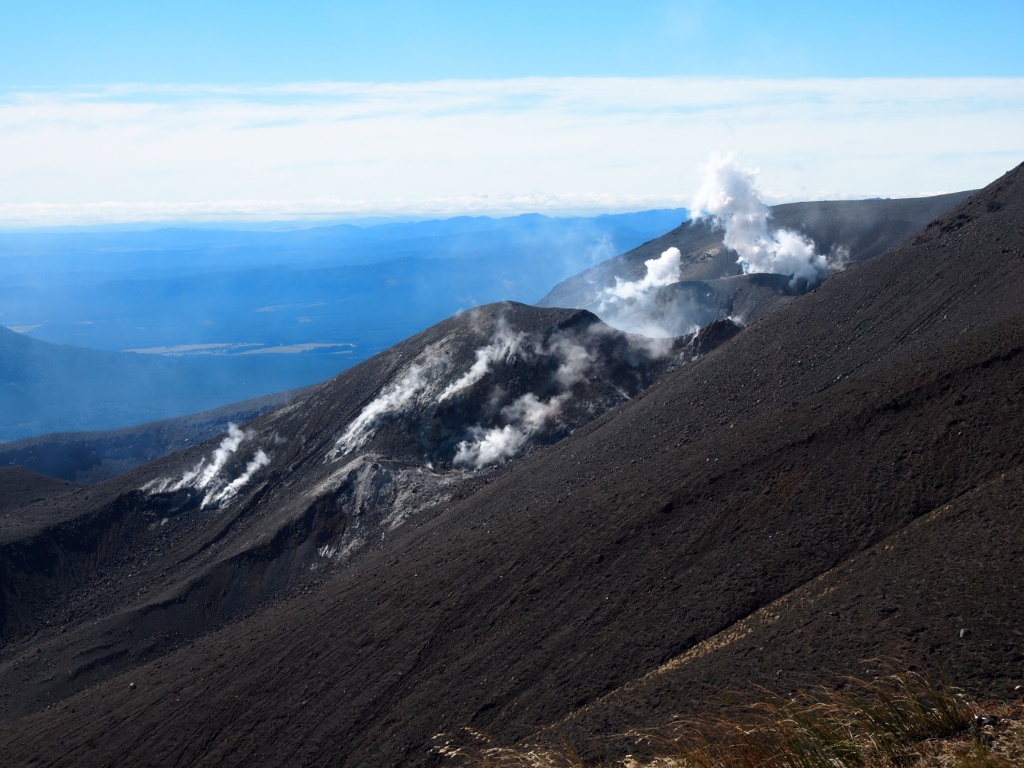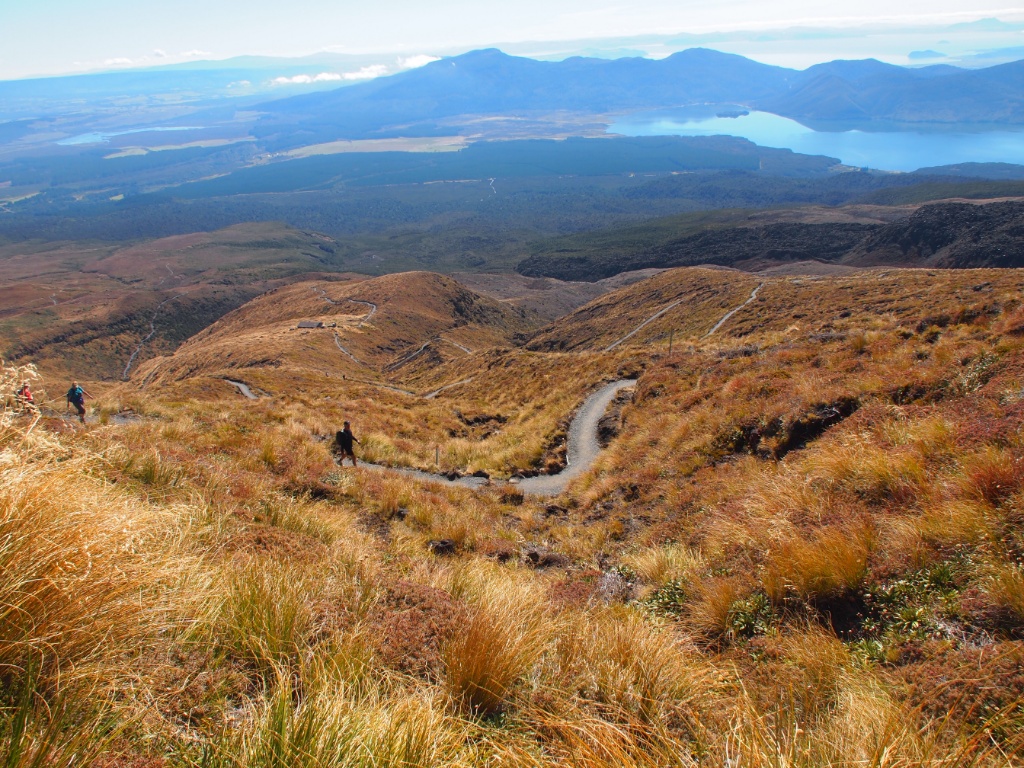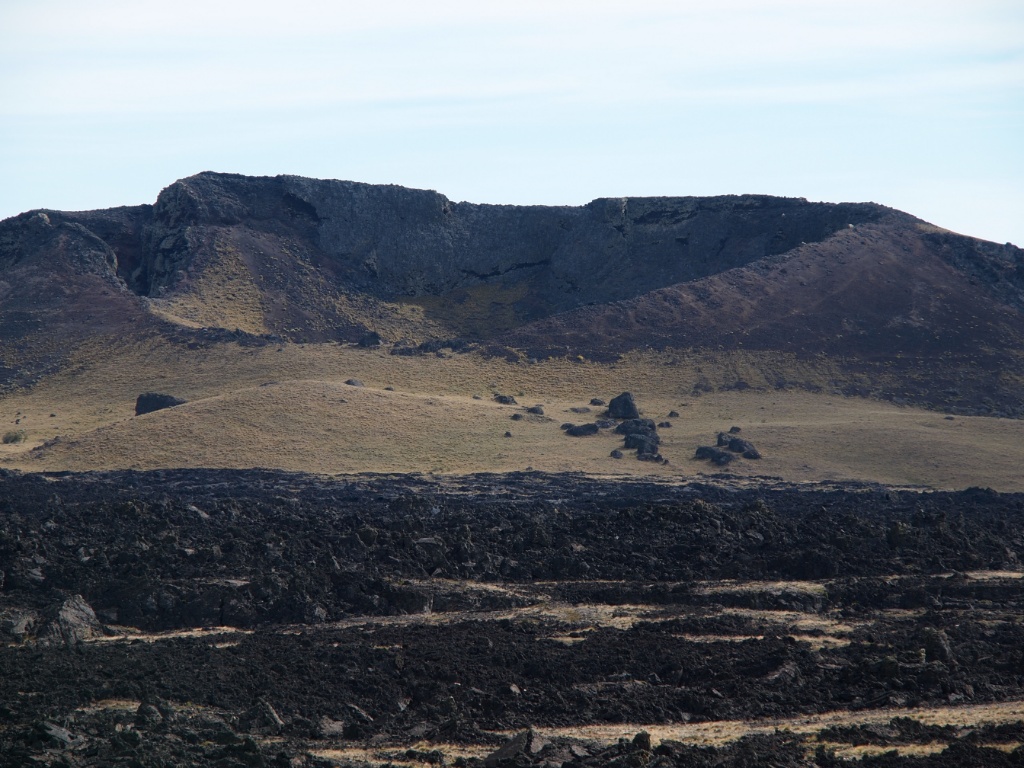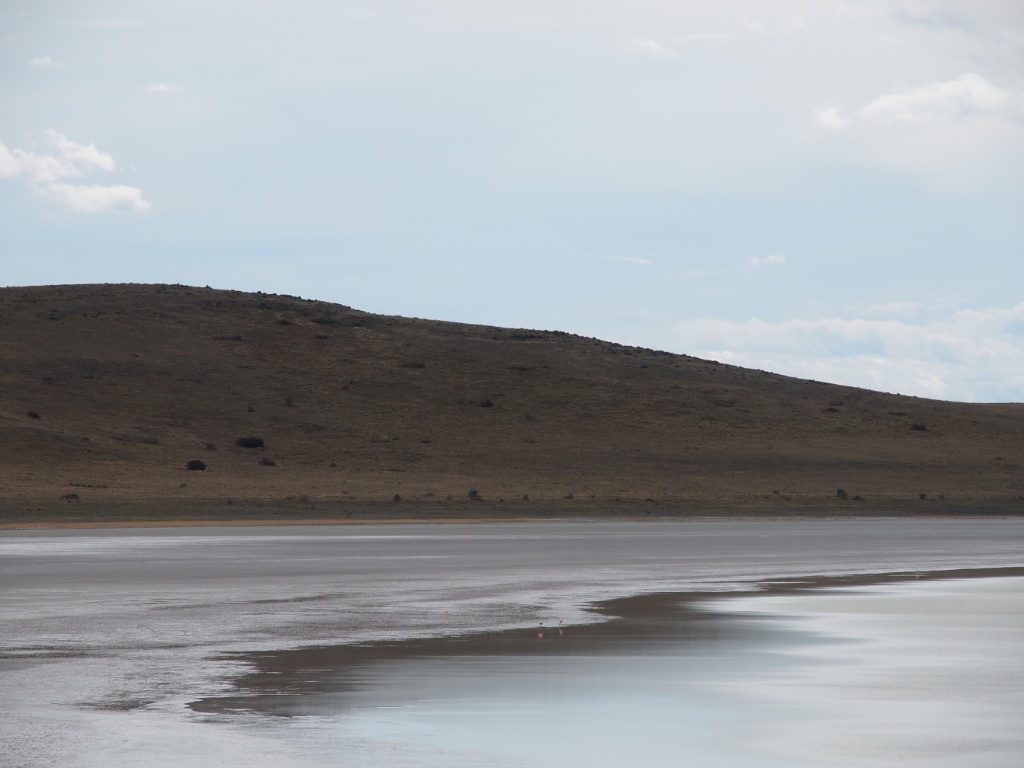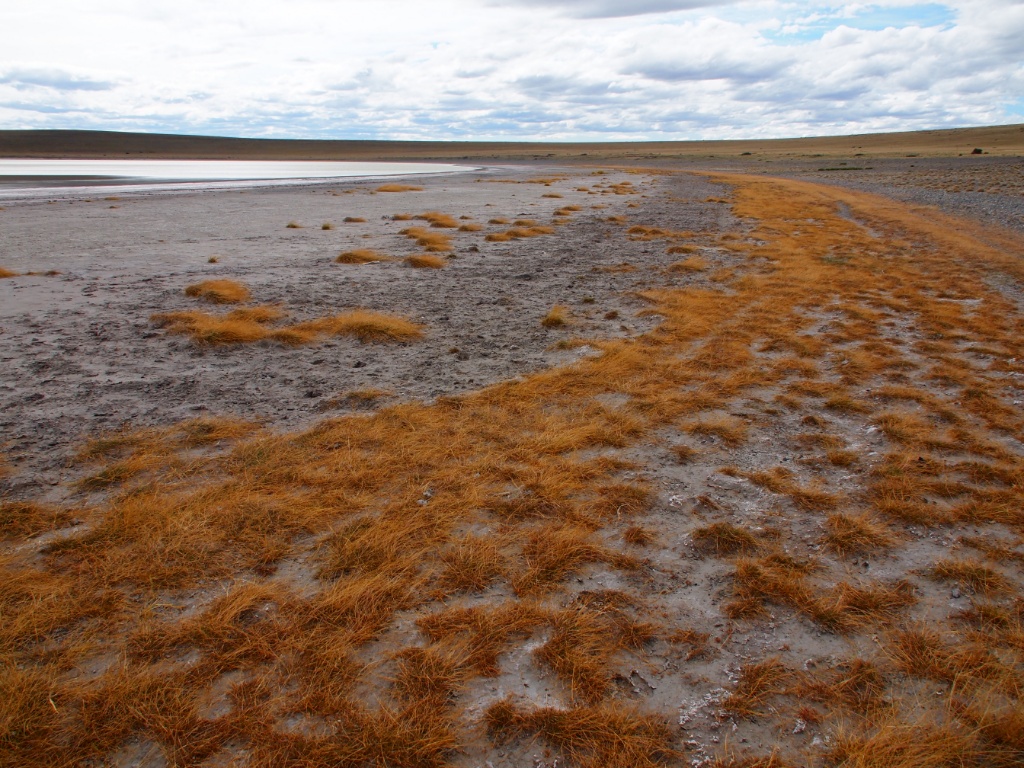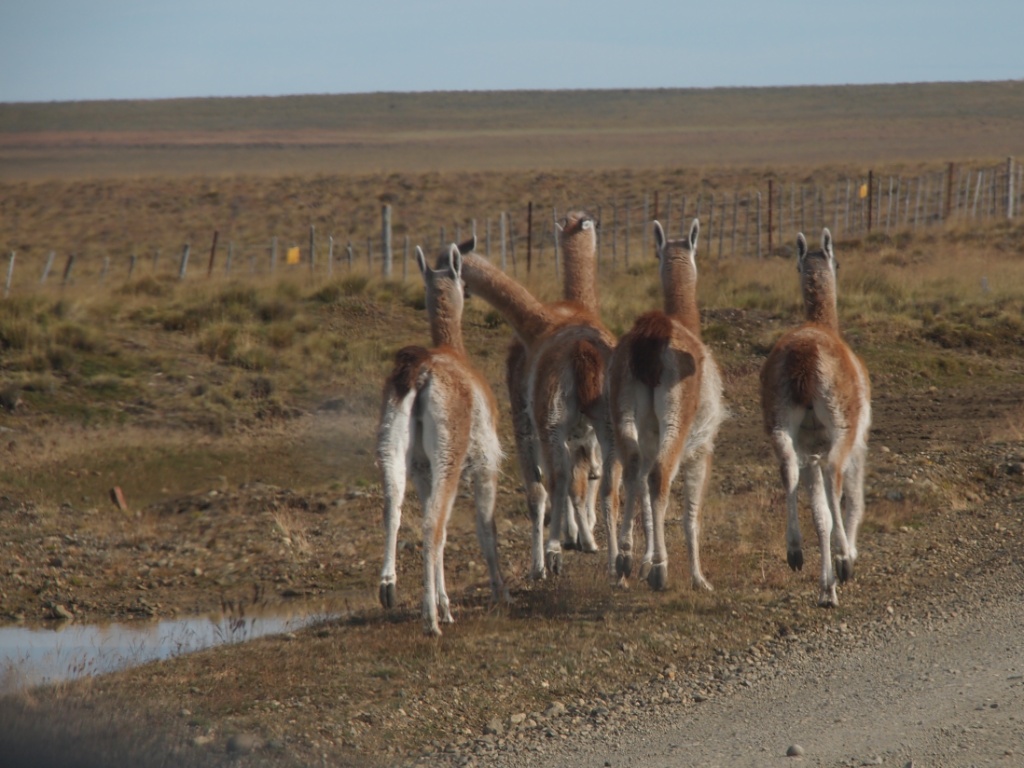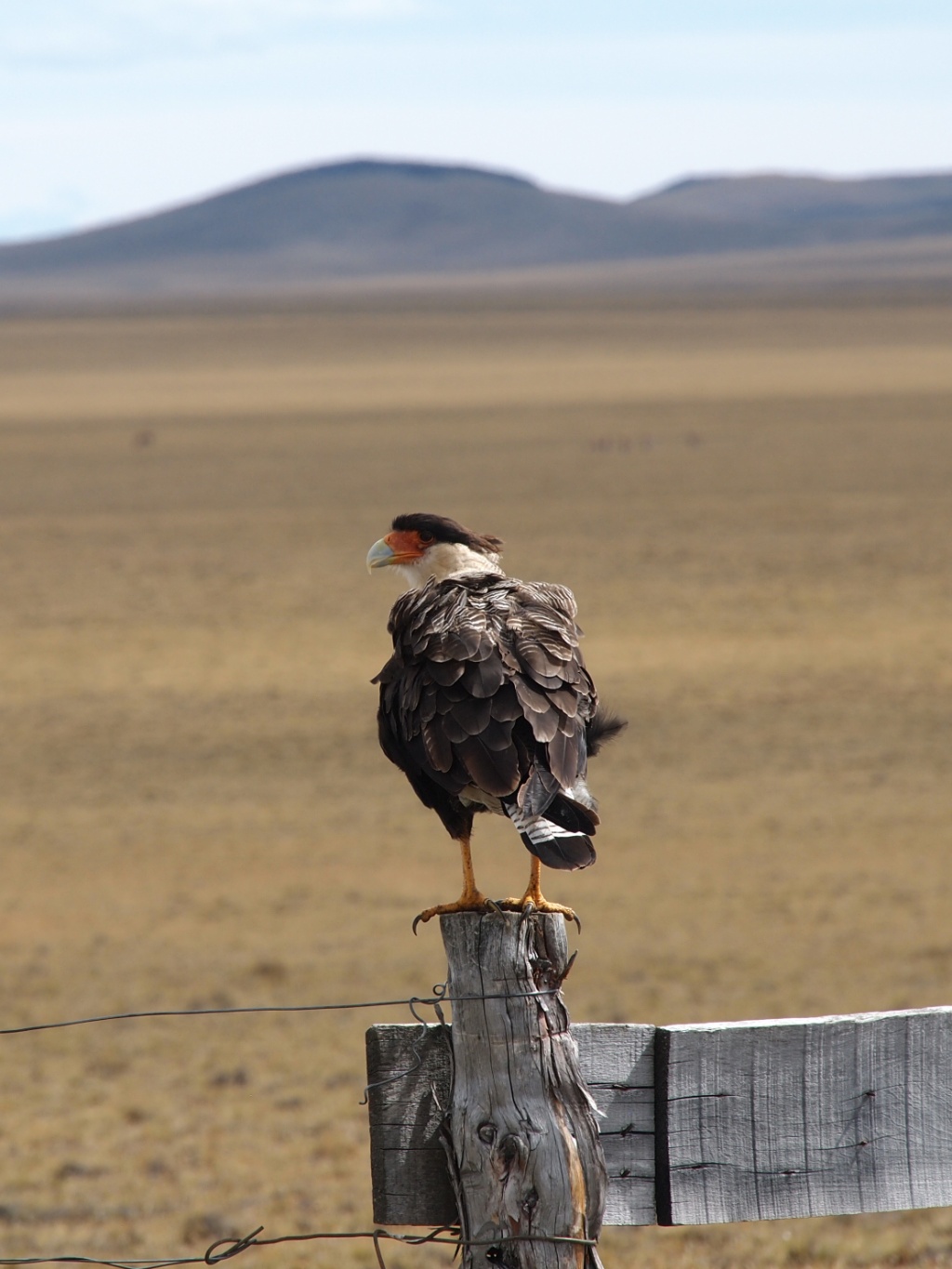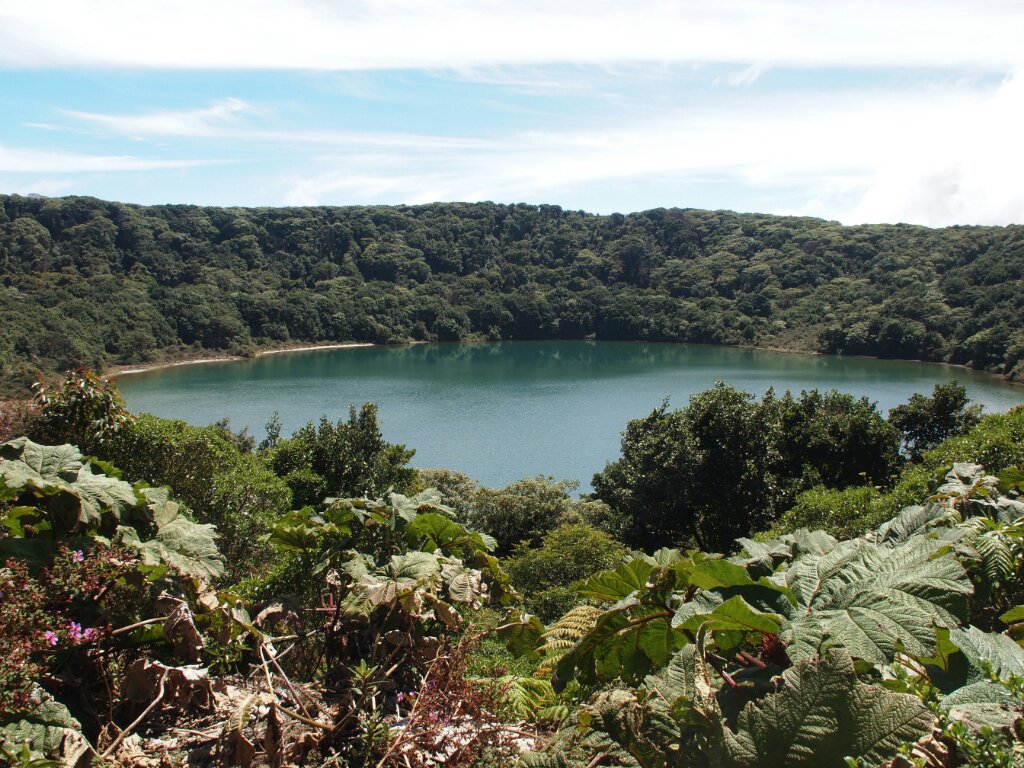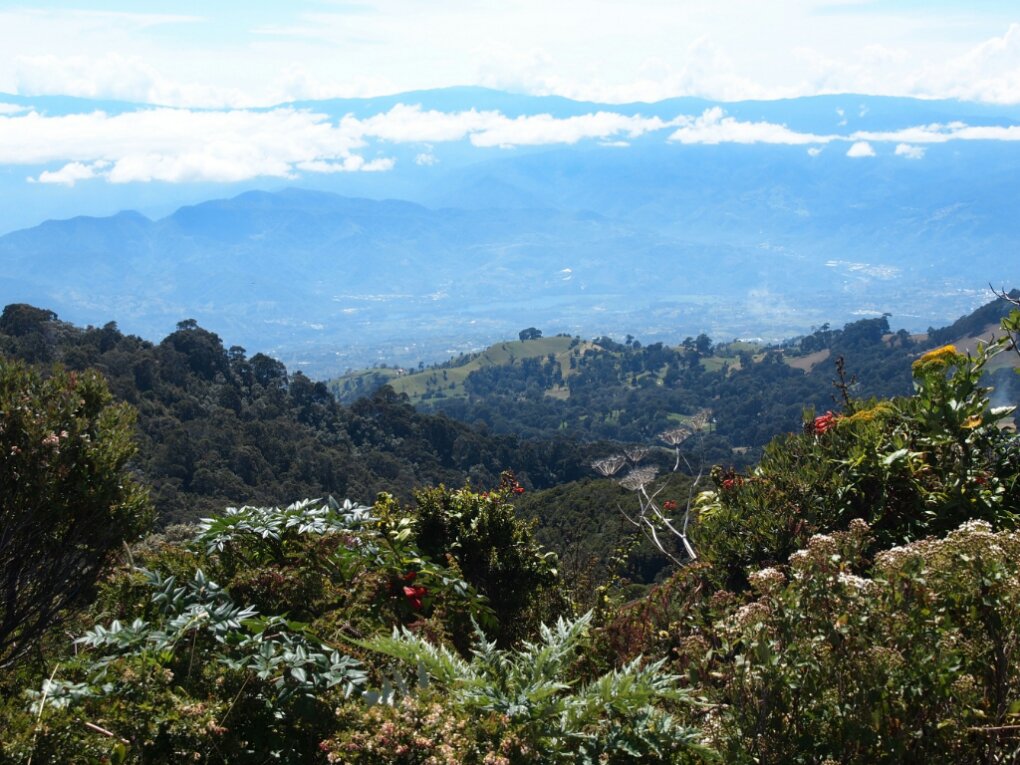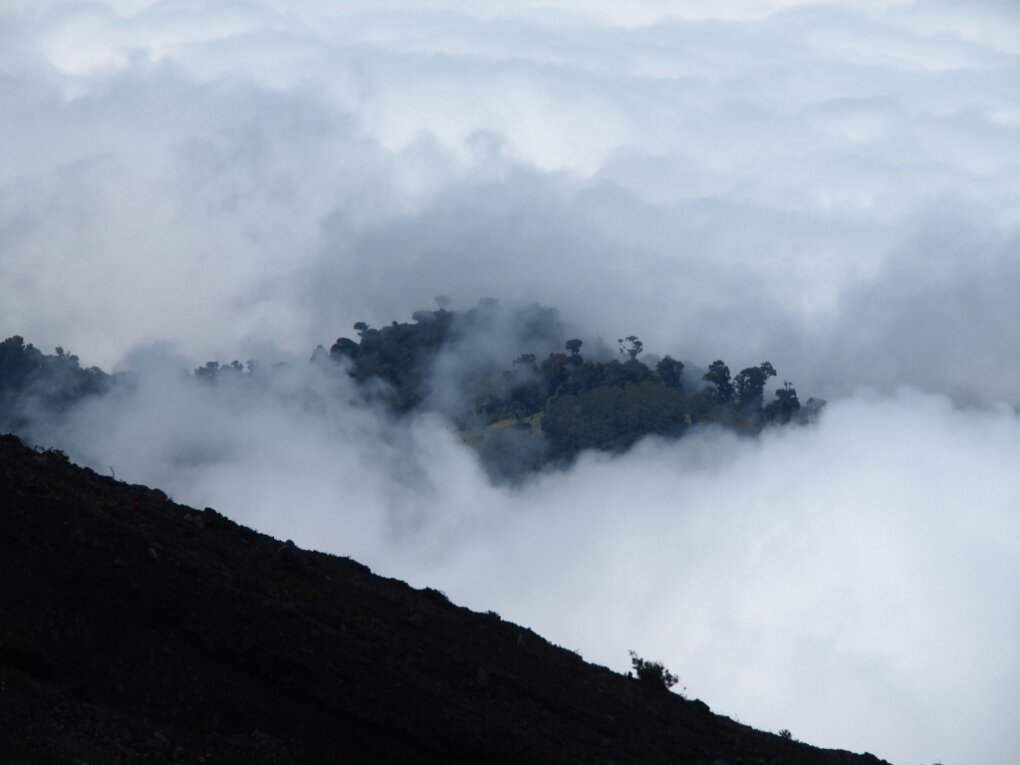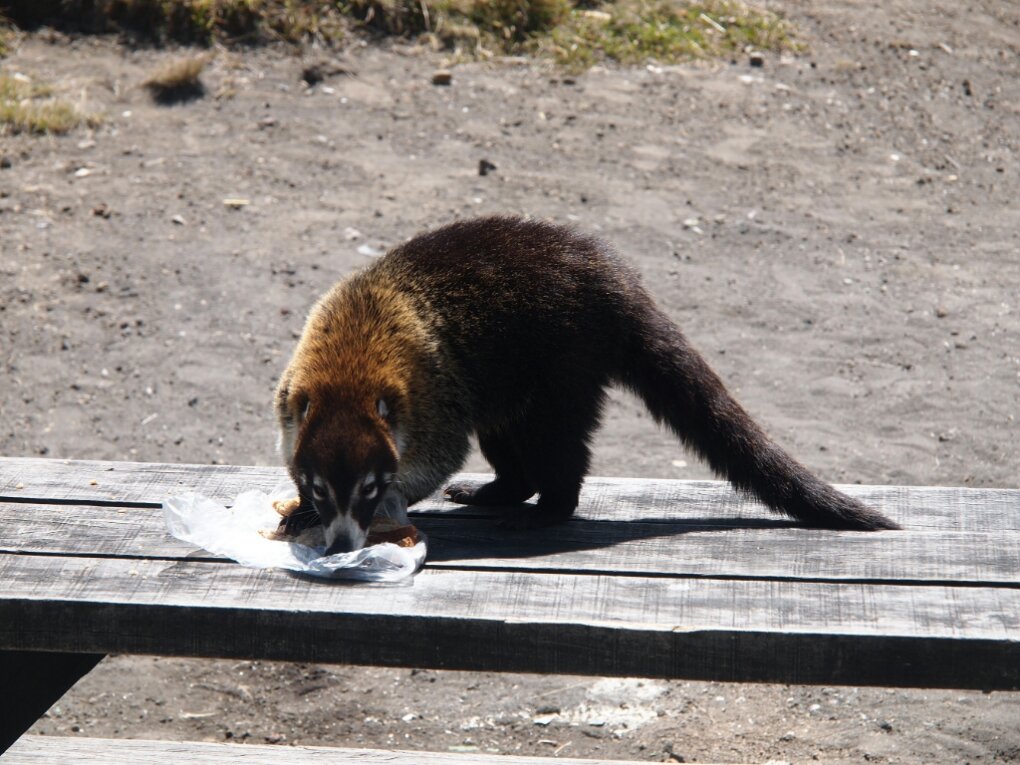Tongariro Alpine Crossing
My most recent hike in the context of my world tour in New Zealand was designated by many as the most beautiful day hike in the world Tongariro Alpine Crossing.
Again, I was very lucky with the weather, so the day before I had a very nice view of the undemanding mountain massif in Tongariro National Park.
Already around 7:15 I started with the 20-km walk that normally takes up 5.5 to 8 hours. The first section is relatively flat, but then you have good two hours very steep climb ahead. Then again, there are flat sections between the volcanoes, in a landscape that is a mixture between the moon and the desert.
Star of the whole hike is Mt Ngauruhoe, a perfectly shaped active volcano that as Mt Doom was made famous in Peter Jackson's "Lord of the Rings".
The next highlight was the Red Crater, of the Black offers a unique play of colors with its mix of reds.
Although one is very much taken at this point of the hike, I compensated the views of the Emerald Lakes for it. Around the lake there are still places where regular sulfur vapor rises to the surface.
Even the lava field of the last outbreak is impressive and holds one of this as quickly as possible to move on, since there are active volcanoes 😉
Then I finally arrived where it then only went downhill and I had a beautiful view of the Lake and the surrounding Rotoaira sulfur fields.
But the hike was not over yet! Eternally Long serpentine were to blame, that the descent really seemed endless!
Although the scenery was very impressive, I would not say that it is the most beautiful day hike in the world, perhaps the most beautiful of New Zealand, because although I have almost no made a hike in the Austrian Alps with green meadows and forests is safe varied 😉
